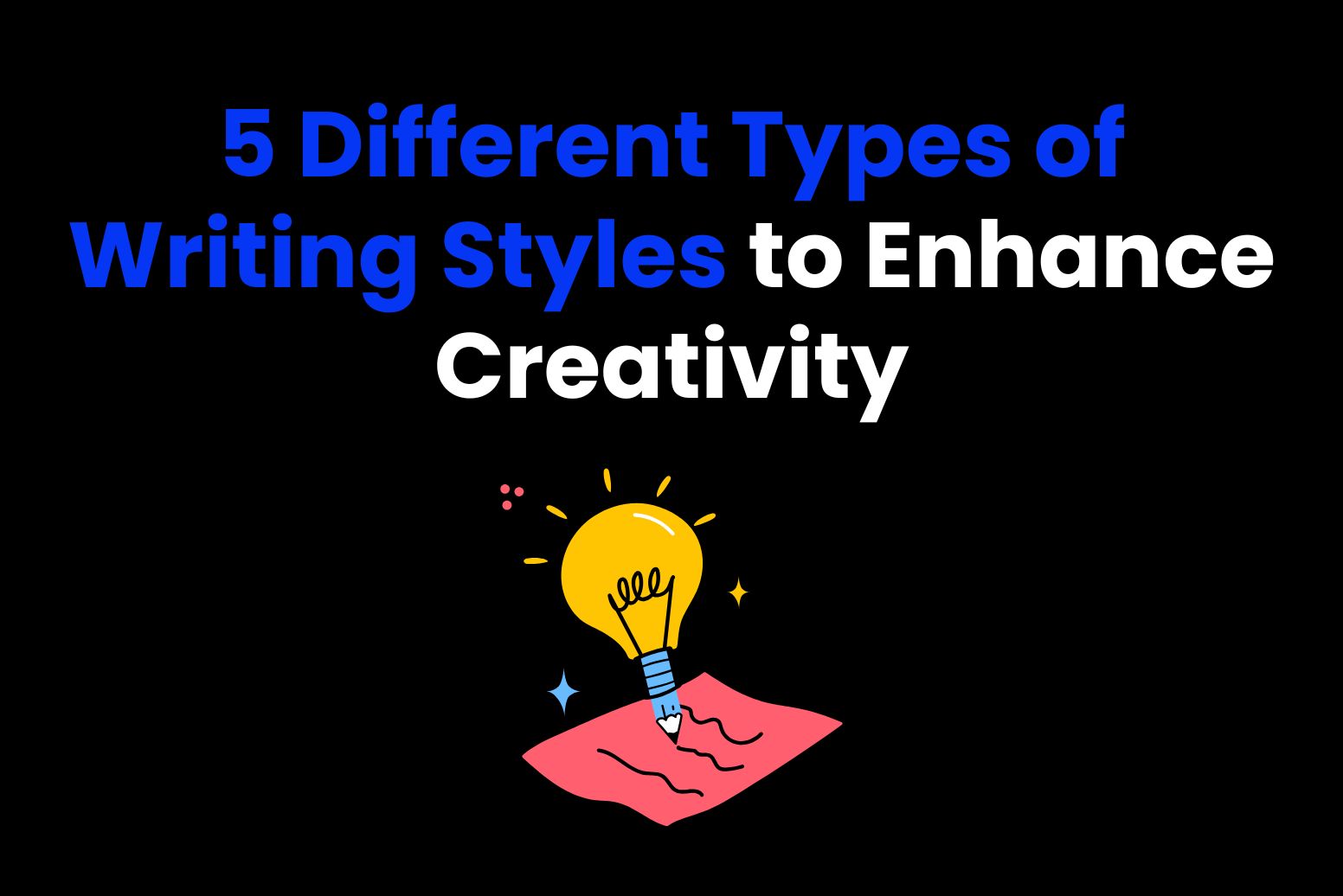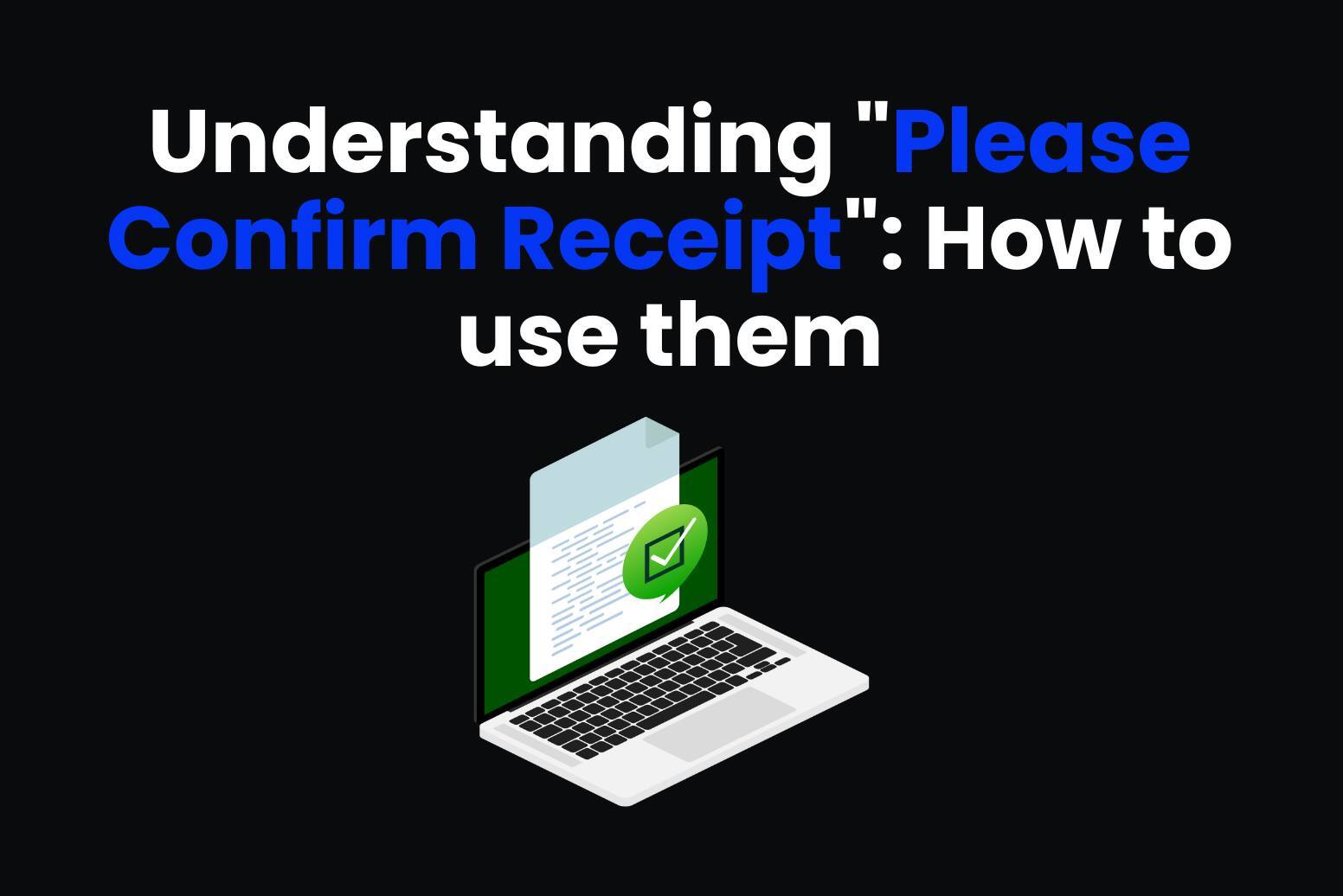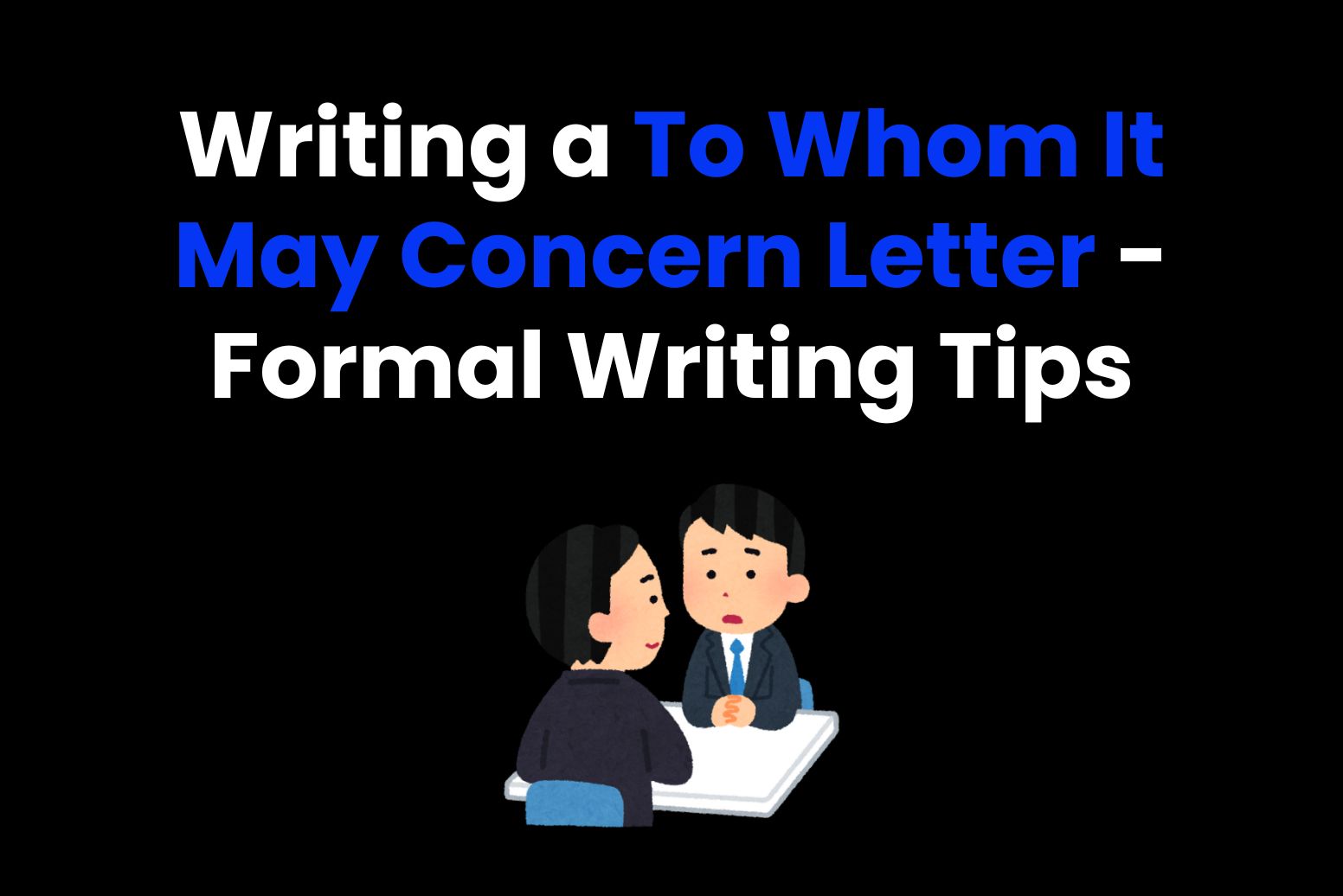Understanding the different types of writing styles is the key to carefully crafting your skills as a great writer. Whether you aim to create compelling narratives to captivate your audience or make persuasive arguments to generate sales, finding the best AI writing tools to work alongside you will help you craft magical copy every time.

This writing styles guide explores five of the main writing styles you’ll need to communicate effectively. We’ll also discuss how to tweak your methods to leave a lasting impression on your audience.
5 types of creative and formal writing styles
The first lesson is to understand the key differences between creative and formal writing styles to allow you to select the most appropriate approach to achieve your goal. You’ll need to structure the tone and language in your writing to suit your unique circumstances, whether you’re crafting imaginative stories or presenting professional documents.
Mastering unique writing styles can be tricky, especially if you regularly need to switch from one to another. So, for a little extra help, Arvin.AI can help you refine your writing styles with the touch of a button. With ease, you can check grammar, make suggested improvements and tailor your text to your audience.
Let’s get started!

1. How do creative writing styles inspire expression?
Using different types of writing styles is a unique way for you to express your ideas, emotions and stories to capture your audience’s attention and allow them to feel and imagine a world that you create.
Creative writing is most often used in story writing, poetry and even film scripting. Becoming a creative writer means that you’ll need to understand how to use various writing techniques and literary devices to hone your structure and tone, encapsulating your audience amidst metaphors, symbolism and imagery to paint a written picture of your vision.
Writing the perfect paragraphs to reach out to your audience and inspire passion in your words takes lots of practice! Your job is to deliver the amazing thoughts and characters in your head into the minds of your expectant readers.
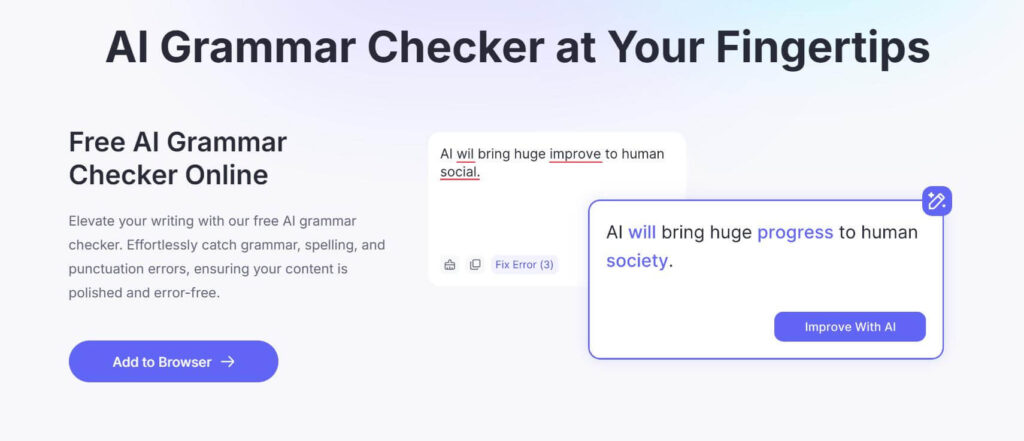
The best tip is to write from the heart and take down whatever you’re feeling. Don’t worry about correcting your grammar or misspelling a word – there are tons of AI writers out there to correct all that for you later. What matters most for a creative writer is your unique ideas and experiences.
2. Which different types of writing styles are defined as technical Writing?
Technical writing, on the other hand, is a whole different ball game. This form of writing is focused on conveying complex information in the clearest and most concise way possible to help your audience understand a task.
Technical writing is found in ‘How To’ guides or user manuals, offering precision (and sometimes quite a lot of jargon) to help the audience find clarity and achieve a goal. These different types of writing styles might be best displayed in short bullet points and structured formats.

Unlike creative or informal writing styles, technical writing is completely devoid of emotion or artistic impression and focuses purely on functionality. It plays a crucial role in developing technologies, healthcare, science and even a cheeky flat-pack furniture guide.
● The tips and techniques for technical writing styles
There are some easy traps to fall into when it comes to technical writing. Remember, the person reading your writing probably doesn’t know as much about the subject matter as you do. Avoid jargon as much as you possibly can. There are even AI tools out there that can improve your writing and ensure it’s coherent and understandable for your audience.
Arvin.AI offers a powerful writing improver to help you refine your copy for clarity and coherence, transforming technical, jargon-filled texts into easy-to-read documents to help out your readers.
3. How to use writing tips and techniques to make persuasive writing effective
Persuasive writing is often also known as copywriting. It uses clear, logical and emotional appeal, alongside some evidence to convince an audience of a particular viewpoint or to purchase a specific product.
Persuasive writing is most often found in product or service advertisements but can also play a huge role in the corporate world in making deals, agreeing on bids and securing funding.
Persuasive writing styles use compelling arguments supported by facts and statistics to convince an audience to move forward, so the tone should be respectful and credible but not overly salesy.

● Persuasive tips for different types of writing styles
There are also techniques specifically used for persuasive writing including;
- Ethos – ways to establish trust with your audience. This could mean supporting an opinion that you know they already have.
- Pathos – Appealing to the emotions of the audience. Perhaps a short story about why a puppy needs your help this Christmas, with a sign-up CTA?
- Logos – Using logic and reasoning to make the action you’d like them to take the most sensible one. In this case, the audience will be left wondering why they hadn’t done it sooner.
Always consider potential objections that the readers may have and combat them before the idea settles. To make a lasting impact, it’s also essential to customise your content to the audience that you’re reaching and always double-check your spelling, grammar and punctuation. No advert can be credible if it’s racked with spelling issues. Arvin.AI grammar checker can help you with that too.
4. How are your writing styles shaped in narrative writing?
Depending on the different approaches to writing that you might take, structuring a narrative can be the trickiest element of your piece. You might have a fabulous story in mind, but the narrative is how you intend to tell it. Deciding on your narrative is an essential part of writing and one of the first things to consider because it will ultimately determine the types of readers you’ll get.
Are you aiming for description – to create a background and complex setting for your characters? Or perhaps a more matter-of-fact piece that’s led by speech, so the readers need to fill in the blanks.

A narrative is focused on your character’s motivations, the dialogue and their actions. You need to shape the people in your writing to make them believable and relatable. This will help your readership to understand why the story has been shaped in the way it has.
● Writing tips and techniques for narrative writing
To create a great narrative, it’s a good idea to rely on experience – either yours or that of people around you. Recalling the experiences you’ve had will help you to create a greater emotional connection to the characters and ensure they behave in the most believable way.
The key things to remember when considering your narrative are the original questions:
- Who? – Who is involved in the event?
- Where? – Where did the incident occur?
- Why? – Why is the character behaving that way?
- What? – What are their motivations for causing this reaction?
- How? – How would the other characters react to this?
Answering all of these questions during each piece of narrative will help you form a compelling story that your readers can’t resist.
5. How to hone your personal writing style through descriptive writing
Using descriptive writing is an effective way to enhance your audience’s imagination and create vivid pictures using tone, structure and immersive language. Introducing sensory elements such as sights, sounds, smells and tastes can help your readers feel more involved in the moment and add depth and texture to their experience.
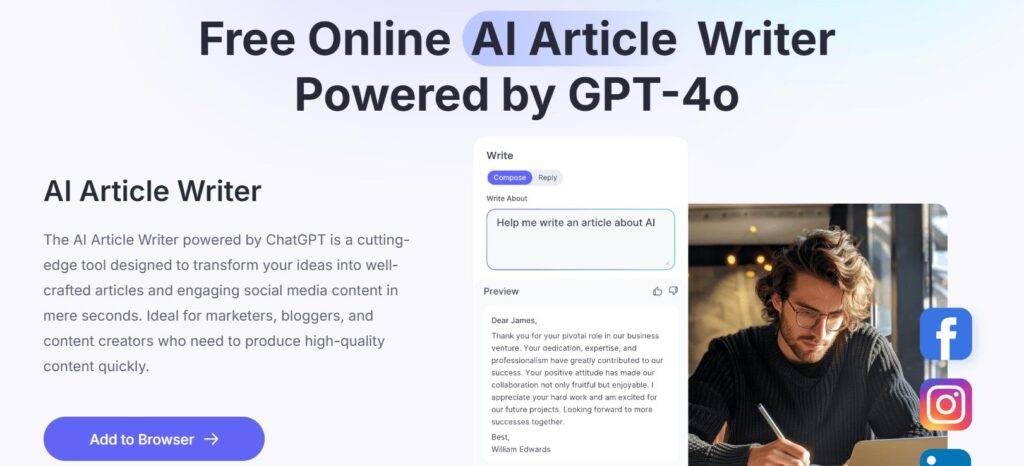
Descriptive writing also helps you to explore the rhythm of your sentences and refine the pacing of the writing. It’s the best way to experiment, find your true voice and deliver a unique perspective. The more of yourself that you put into your writing, the more engaging and memorable it will appear to your audience. This develops a deeper connection between them and your words and ensures they continue to read.
During a descriptive piece, your opening line really matters. Picture a scene in your head and describe every element you can see in front of you, using every sense you can. This will boost the realism and give your readers more involvement in the narrative.

If you’re struggling to feel involved in the piece, Arvin.AI offers a fabulous AI Article Writer to help you form the basis of your piece, fill in the blanks if you’re suffering from writer’s block and all in your style and tone, so it looks just like your original writing.
How to improve your writing using Arvin.AI
Discovering your writing style and becoming confident in your craft isn’t something that will happen overnight. It takes practice and patience to understand the types of writing that you’ll need to use in every unique situation and tailor your writing to your audience.
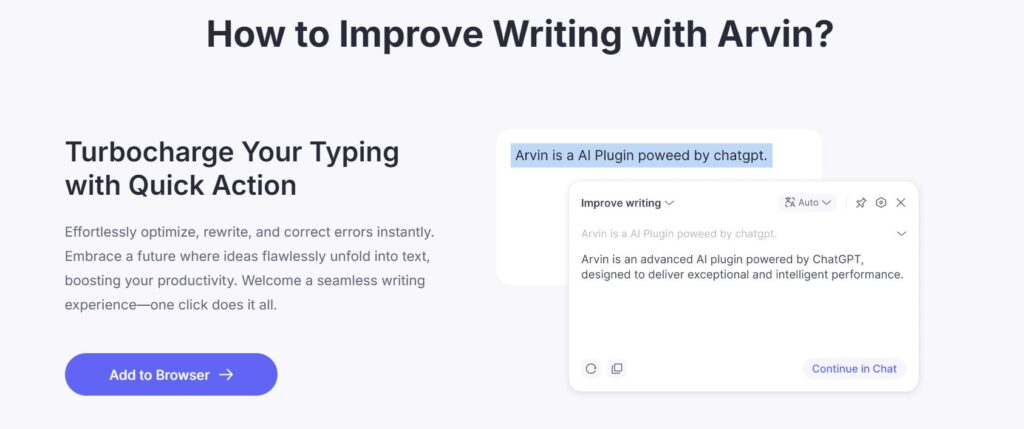
But don’t worry. The best AI writing tools can actually help you to become a better writer, using your own style and voice. Whether you intend to create long engaging narratives with a ton of description, or short, snappy and informative pieces to persuade an audience to make a purchase, Arvin.AI can adapt to your needs. It uses your voice, tone and style to enhance your content and fine-tune your work to ensure a mind-blowing reaction.
Its assistance is a valuable resource for writers looking to develop their skills and create a hard-hitting impact to pull in more readers.
To see the difference Arvin.AI can make to your writing, and display your skills as a professional, try Arvin today.
FAQs
1. How does Arvin.AI know the purpose of my writing?
Arvin.AI uses a mixture of advanced AI models including GPT-4o, Claude 3.5 and Gemini 1.5 to understand your writing and help adapt to your audience. It will use your prompts to deliver a desired tone, structure and format. You can also change and improve each section as you go if you feel something isn’t quite right. Let the tool generate new ideas to tweak and amend your style until it’s perfect.
2. Will people know that I’ve used Arvin.AI to help with my writing?
Arvin.AI is designed to enhance your different types of writing styles to deliver perfect grammar and really wow your audience, but the ideas are still yours. You’ll write your text in your own words with your own imagination to create a magical piece of writing. Arvin.AI is there to lend a helping hand by suggesting improvements, making edits and detecting issues, while still completely reflecting your personal style. It still feels and reads just like your writing, so no one will ever suspect that you’ve had any assistance.
3. Can I use Arvin.AI to create blog content?
Absolutely! Arvin.AI doesn’t just help with the physical writing but it can also help you to brainstorm ideas to craft a bulging content calendar full of SEO-driven topics. The AI-assisted research means that you’ll have all the information immediately available at your fingertips.
4. Can I use Arvin.AI in multiple languages?
Arvin.AI is designed to help you create amazing content across the globe. The translation tool can detect other languages to understand information from other countries easily. It works with any language. However, for optimum results, you should choose to enhance your writing in English.
5. Can Arvin.AI create advertising content for my business?
Yes! Arvin.AI is the perfect tool to market your business professionally. Our AI tools create compelling copy to pull in your target audience. They also specialise in generating eye-catching logos to accompany your text. This makes it much more memorable, giving your business the flagship it needs to elevate your brand.

